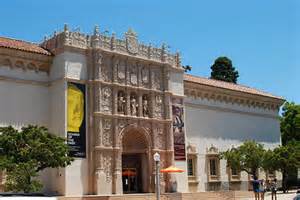- Jan 31 2019
San Diego, CA
The modern-day country of Iran, known in ancient times as Persia, has a history of civilization dating back approximately ten thousand years. The first few millennia of its development witnessed the rise of impressive cities such as Susa, Persepolis, and Ctesiphon, from which ruled such fabled monarchs as Cyrus the Great (r. ca. 559–530 BC). At this time the population primarily followed the Zoroastrian religion, and they spoke an ancient form of the Persian language written in cuneiform, and later in the Pahlavi script.
When the religion of Islam took hold in the seventh century, more layers of cultural complexity were added to the region, and new kinds of political ties were fostered with neighboring lands. At times, connections to the Middle East were strong—for instance when Iran was part of the Abbasid Empire (750–1258), a vast entity stretching from North Africa to Central Asia with a capital in Baghdad, Iraq. At other times, such as during the Safavid era (1501–1722), Iran had closer diplomatic and economic ties to Afghanistan and India. Artists and works of art traveled between these areas and certain commonalities can be found in the types of art produced, especially in ceramics, paintings, and Persian-language calligraphy, now written using the Arabic alphabet.
Credit: Exhibition overview from museum website.
Exhibition Venues & Dates
- Jan 31 2019
San Diego, CA
